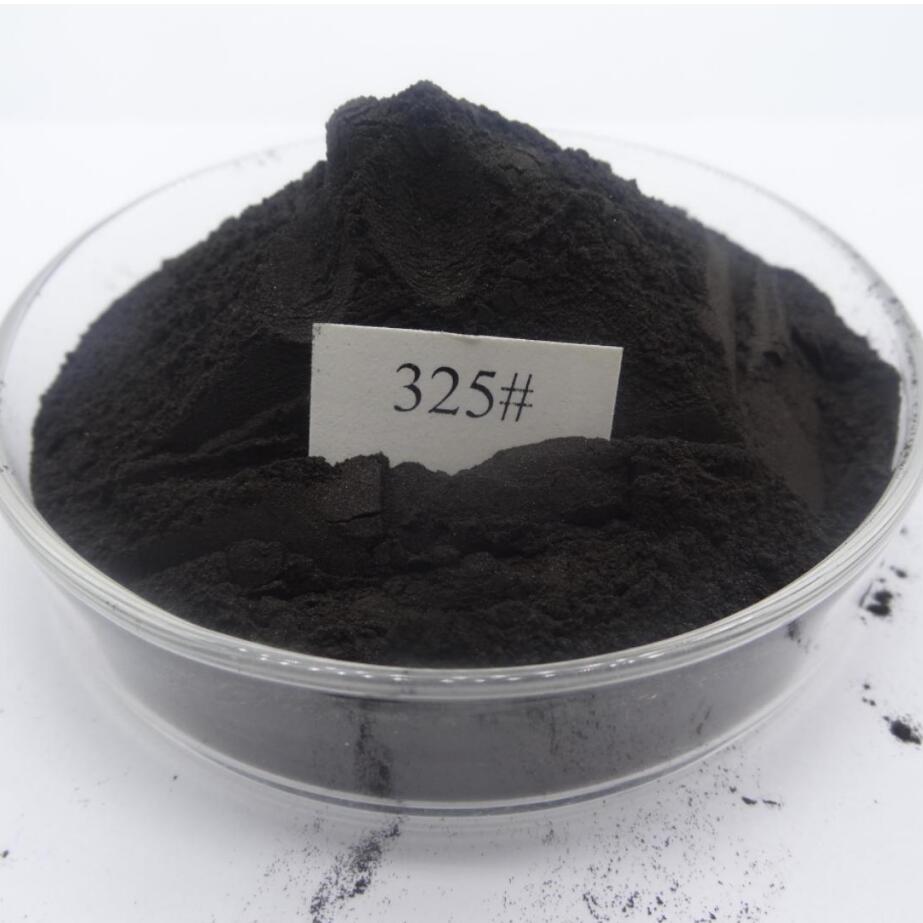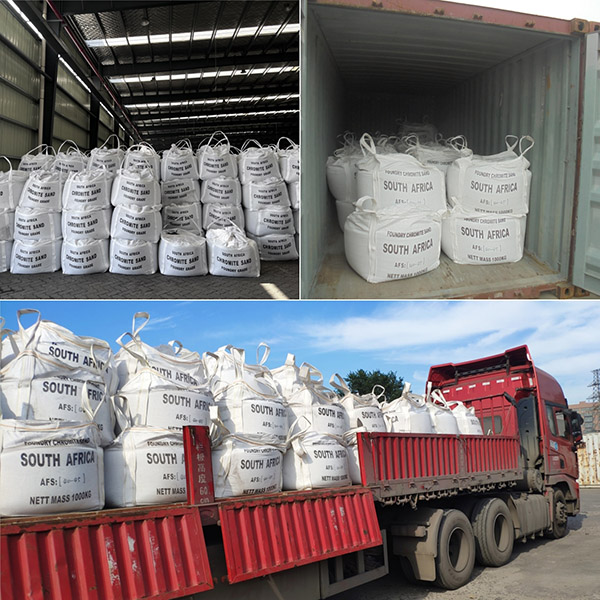Why add chromite powder 325mesh to friction materials?
Chromite powder is primarily used in friction materials to improve their high-temperature stability, wear resistance, and friction performance, while also reducing thermal fade and wear.
Improving High-Temperature Stability
Chromite powder (primarily composed of Cr₂O₃) has a melting point as high as 1900°C. At high temperatures, it forms a dense oxide film, reducing the expansion and performance degradation of friction materials caused by high temperatures. For example, in brake pads, chromium ore powder can effectively inhibit thermal fade and extend service life.
Enhancing Wear Resistance and Hardness
Chromitium powder has a Mohs hardness of 5.5-6.5 and can fill surface microcracks and increase density. Furthermore, the refractory oxides it forms by reacting with carbon enhance wear and corrosion resistance. For example, in high-performance brake pads, its mass loss rate can be below 6%.
Adjusting the Friction Coefficient
By controlling particle size and proportion, chromite powder can reduce the friction coefficient, minimize brake noise, and optimize braking performance. For example, in disc brake pads, the appropriate addition of chromium ore powder can improve braking efficiency and reduce wear on mating parts.
Environmental Protection and Substitution
Chromitium powder partially replaces traditional asbestos or copper powder, meeting environmental requirements. Furthermore, its chemical stability reduces the release of harmful substances at high temperatures.
Chromite powder 325mesh:
Our chromite powder , also known as chromium powder, is made from high-quality L6 layer chrome ore imported from South Africa. It is a natural ore. After washing, drying, crushing, screening, grinding and other processes, different types of chrome ore sand and chrome ore powder are produced.
Chemcial data for chromite powder 325mesh:
| Size | Cr2O3 | FeO | Al2O3 | SiO | MgO | Cr/Fe |
| 325# | 46%min | ≤26.5% | ≤15.5% | ≤1.0% | ≤10.0% | 1.55:1 |
Physical data:
| Appearance | Black |
| Melting point | 2150°C |
| PH | 7-9 |
| The amount of the acid | ≤ 2 ML |
| Percent soil | ≤0.1 |
| Percent Moisture | ≤0.1 |
| The sintered | 1600 |
| Percentage of free acid present in the sand | 0 |


